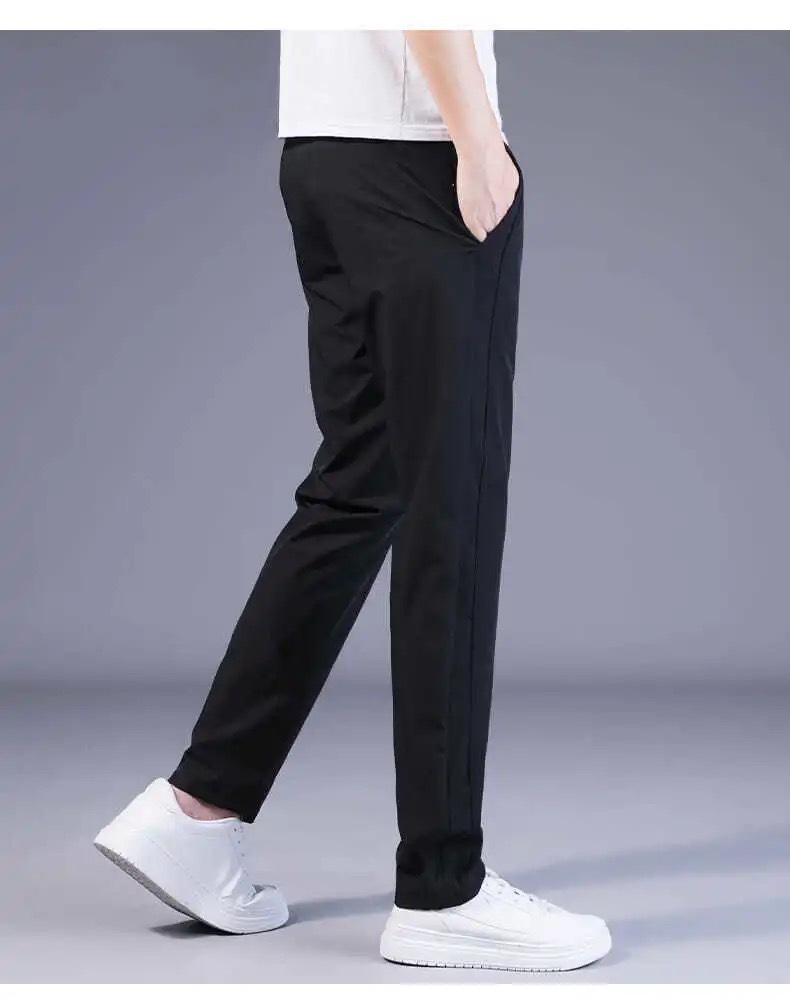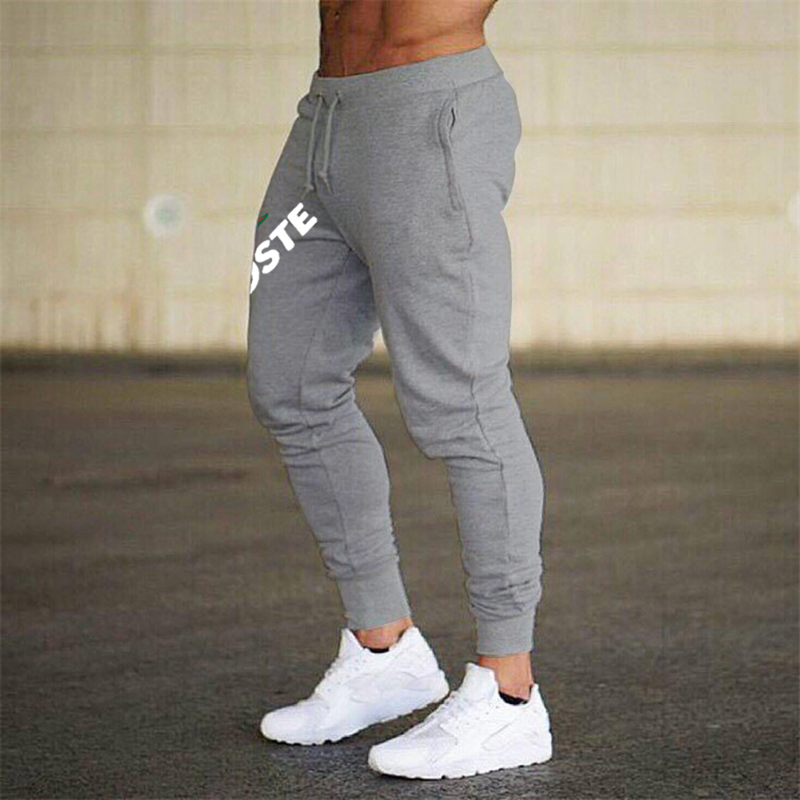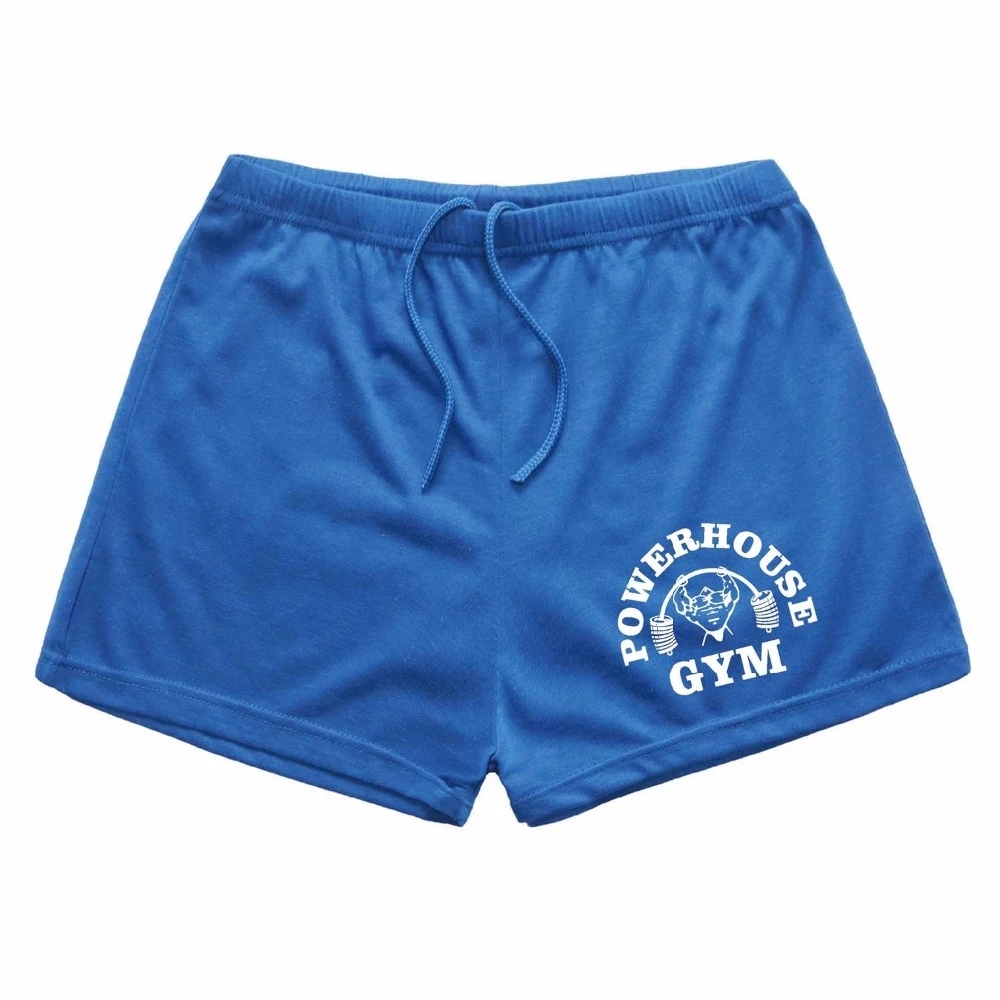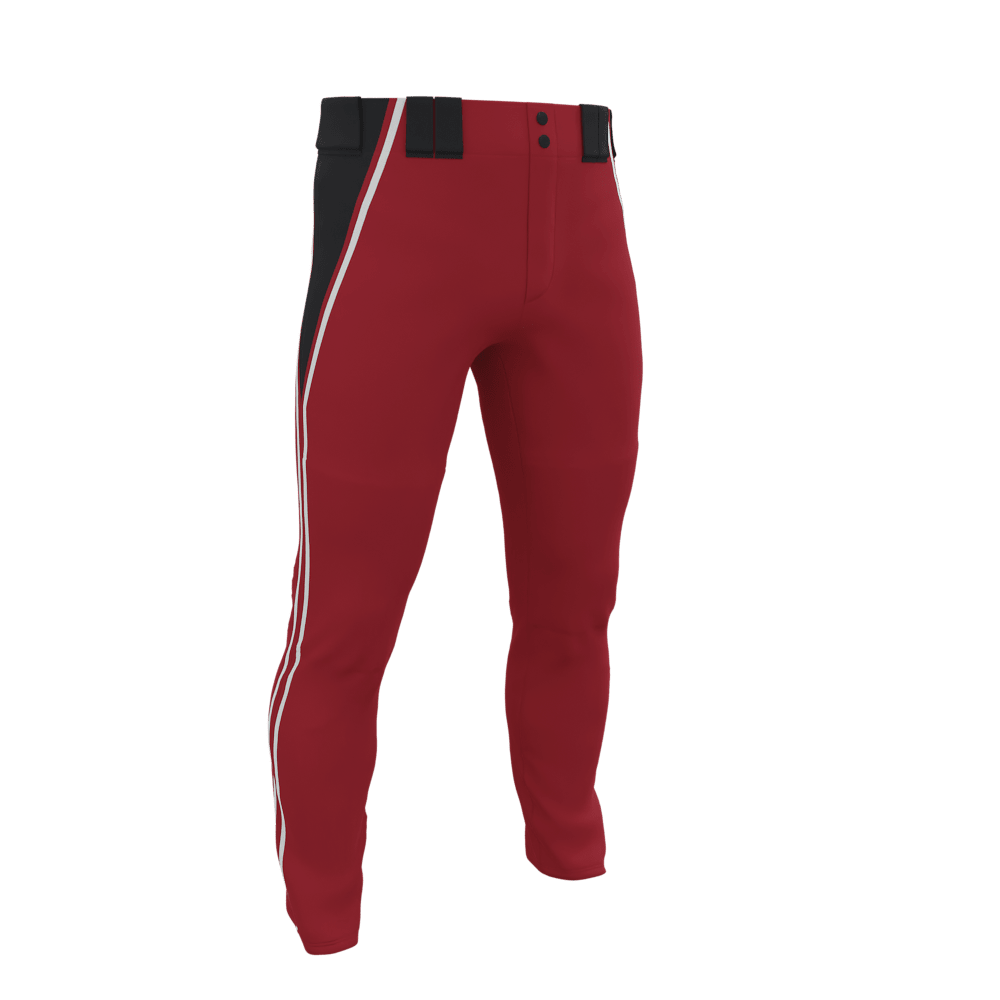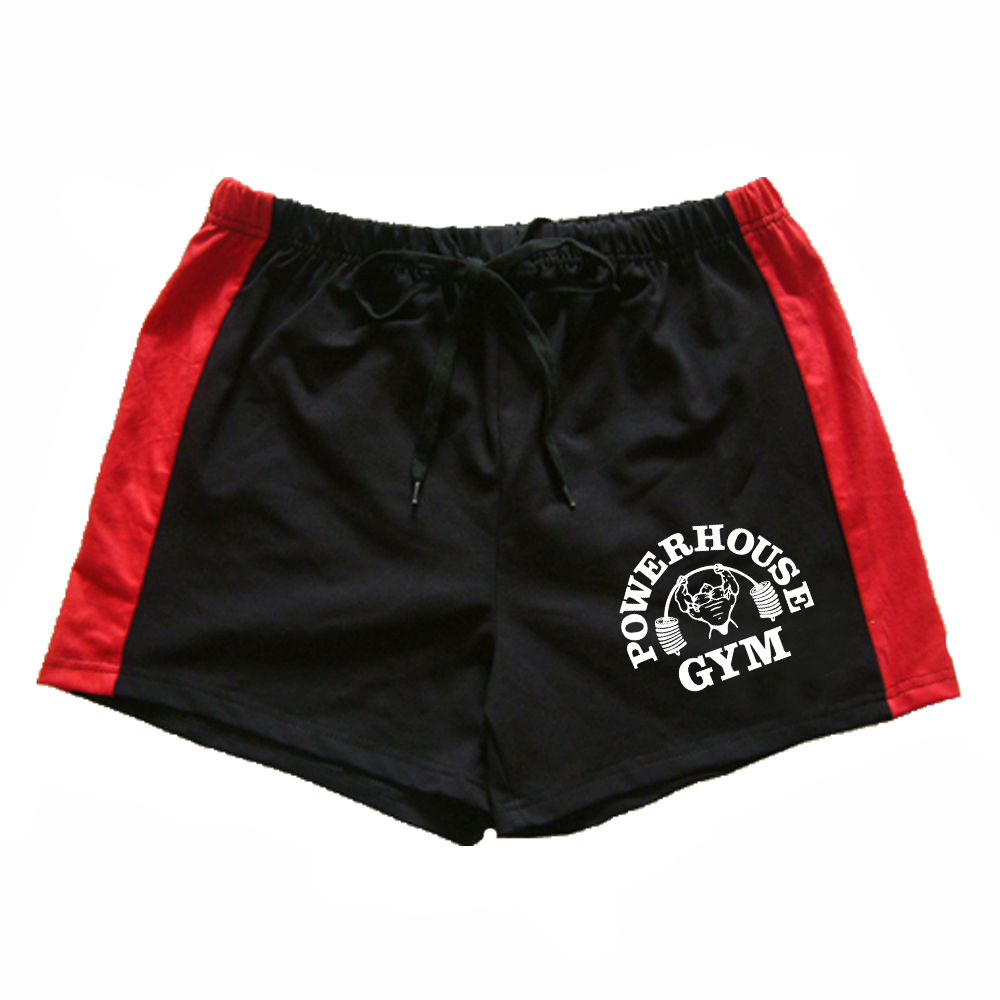
Baseball is a sport that demands physical exertion, agility, and often involves players sliding or diving to make plays. As a result, many players choose to wear knee pads incorporated into their baseball pants to provide added protection and comfort. Knee pads can help reduce the risk of knee injuries and provide cushioning during high-impact actions. However, there are both advantages and disadvantages to wearing knee pads. This essay explores the pros and cons of knee pads in baseball pants, providing insight into their benefits and potential drawbacks.
Pros of Knee Pads in Baseball Pants:
- Injury Prevention: One of the primary advantages of wearing knee pads in baseball pants is the added protection they provide. Sliding into bases or diving for catches exposes players’ knees to potential injuries from impact with the ground or other players. Knee pads offer a layer of padding that absorbs shock and reduces the risk of bruises, cuts, or more severe injuries. By providing extra cushioning, knee pads can help prevent knee-related injuries and keep players on the field.
- Enhanced Comfort: Knee pads can significantly improve player comfort during games and practices. The padding in knee pads absorbs impact and reduces pressure on the knees, making sliding or diving actions less painful and more bearable. The added comfort allows players to perform at their best without being hindered by discomfort and pain, enhancing their overall performance and enjoyment of the game.
- Confidence Boost: Wearing knee pads can give players an extra boost of confidence. Knowing that their knees are protected can allow players to be more aggressive in their plays, without fear of potential injuries. This enhanced confidence can positively impact a player’s performance, allowing them to focus on the game itself rather than potential injury risks.
- Durability: This durability ensures that the knee pads maintain their protective qualities throughout the season, providing players with reliable and long-lasting protection.
Cons of Knee Pads in Baseball Pants:
- Added Weight and Bulkiness: One of the main drawbacks of wearing knee pads in baseball pants is the added weight and bulkiness. Knee pads can add extra bulk to the pants, which may affect a player’s mobility and agility on the field. The additional weight may also cause discomfort or restrict movements, potentially impacting a player’s performance.
- Heat and Sweat Accumulation: Knee pads can contribute to increased heat and sweat accumulation, especially during hot and humid weather conditions. The padding in knee pads can impede airflow and trap heat, making players feel hotter and more prone to sweat. This can cause discomfort and potentially affect a player’s focus and comfort during gameplay.
- Limited Flexibility: While knee pads provide protection, they can limit the natural flexibility of the knee joint. The padding can restrict the range of motion and flexibility, potentially affecting a player’s ability to move freely or perform certain actions with ease. This limitation may be more noticeable in positions that require quick and agile movements, such as infielders or outfielders.
- Personal Preference and Adaptation: Wearing knee pads is a matter of personal preference. Some players may find them essential for their comfort and protection, while others may find them unnecessary or even hindering. It may take time for players to adapt to the feeling of knee pads, and some may find it challenging to adjust to the added bulk or restricted movement initially.
Conclusion: The decision to wear knee pads in baseball pants is a personal choice that depends on individual preferences and needs. While knee pads provide benefits such as injury prevention, enhanced comfort, and added confidence, they also have potential drawbacks, including added weight and bulkiness, heat and sweat accumulation, limited flexibility, and the need for adaptation. Players should consider their playing style, position, and personal comfort levels when deciding whether to incorporate knee pads into their baseball pants. Ultimately, the goal should be to strike a balance between protection, comfort, and performance, ensuring an enjoyable and injury-free experience on the field.
